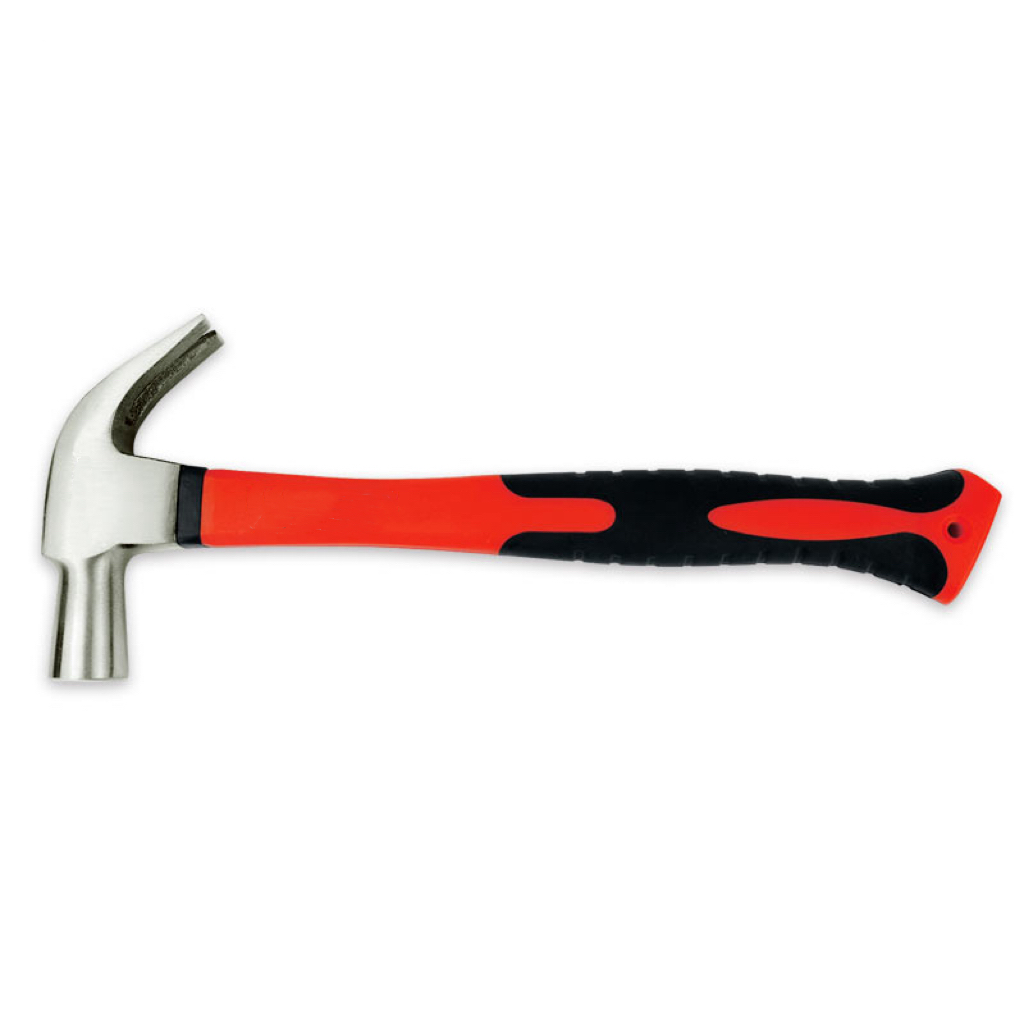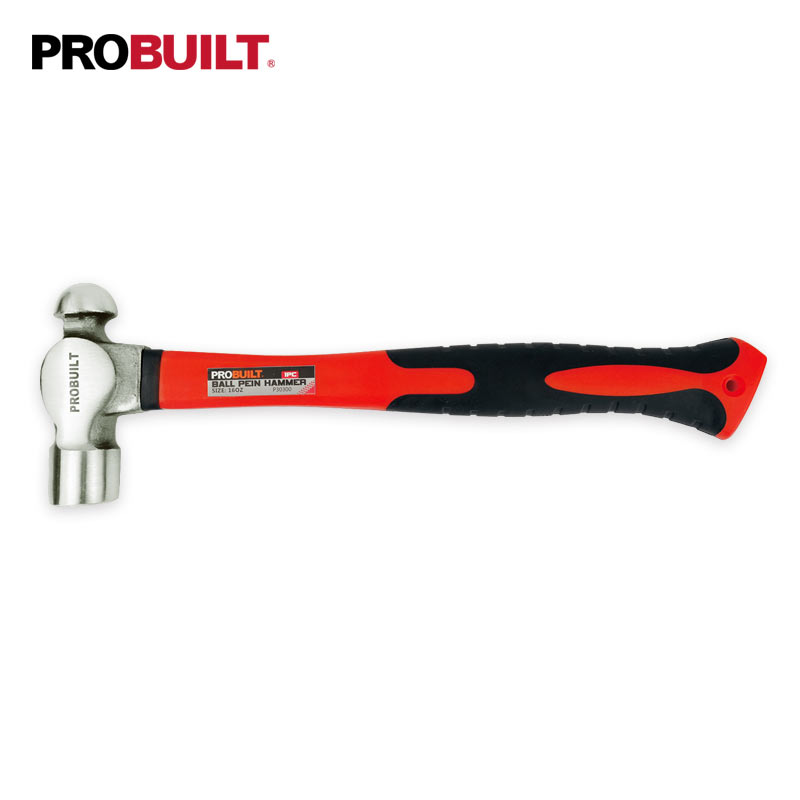+86 311 8533 5186
In the hand tool industry, two types of hammers dominate professional and industrial settings—claw hammers and ball peen hammers. While both are designed to apply force to a target, their designs, applications, and market demands differ significantly. Understanding these differences can help buyers better identify the right hammer for their needs.
Claw Hammer:

One side features a flat striking face for driving nails.
The opposite side has a curved claw with a “V” notch, designed for gripping and pulling nails or prying materials apart.
Ball Peen Hammer:

Has a flat striking face for general impact tasks.
The other end features a hemispherical, ball-shaped peen, used for shaping metal, peening rivets, and spreading material without creating cracks.
Claw Hammer: Heads are commonly made from forged steel for strength, with some models heat-treated for added durability.
Often fitted with wooden (hickory), fiberglass, or steel handles. Fiberglass handles provide vibration dampening, while steel handles offer maximum durability.
Ball Peen Hammer: Usually made from fully hardened and tempered steel to withstand repeated metal-on-metal contact without deforming.
Traditionally uses solid wooden handles for balance, but modern versions also feature fiberglass or composite handles for improved shock absorption.
Claw Hammer: Built to handle woodwork and occasional light metal contact but not designed for sustained metalworking.
Ball Peen Hammer: Engineered to withstand continuous impact against metal surfaces, maintaining shape and structural integrity over long-term use.
Claw Hammer:
Driving and removing nails in carpentry and construction.
Prying apart boards and light demolition.
General household maintenance tasks.
Ball Peen Hammer:
Metal fabrication, blacksmithing, and machining work.
Peening rivets and shaping sheet metal.
Striking punches, chisels, and other metal tools without damaging them.
Claw Hammer
Carpentry: Primarily used for nailing and removing nails in wood, it is one of the most common tools used by carpenters, renovators, and construction workers.
It can be used for tasks such as erecting wooden structures, fixing boards, and making furniture.
Demolition and Prying: The curved claw of the hammer, combined with its lever mechanism, makes it easy to pry apart boards, remove old nails, or separate connected wooden structures.
It is suitable for light demolition work, such as removing old wooden door frames or flooring during renovations.
Daily Repair: It can quickly complete simple hammering, fixing, or removal tasks during home repairs, making it a practically standard tool in any household toolbox.
Ball Peen Hammer
Metalworking: The rounded head is used to round off metal edges or rivet heads, making them stronger and less likely to crack.
It is suitable for shaping, straightening, and edge finishing thin sheet metal.
Riveting and Finishing: During riveting, the flat end of the hammer strikes one end, while the rounded head strikes the other end to create a smooth rivet head. Used for detail finishing and shaping of metal parts.
Works with punches and chisels: It safely strikes metal tools such as punches and chisels without damaging the hammer face, making it a common operation in machining and repair.
Automotive and Mechanical Repair: Used for fine-tuning and correcting metal parts in automotive repair and mechanical equipment assembly.
While both claw hammers and ball peen hammers essentially transfer force, their designs are optimized for completely different applications. Claw hammers are a versatile choice for carpentry and construction, while ball peen hammers are specialized tools for shaping and working metal. Understanding these differences can help you choose the right tool for the job. If you'd like to learn more about hammers, please contact us and we'll be happy to assist you.

Copyright © Sinotools Industrial All Rights Reserved.. Technical Support: